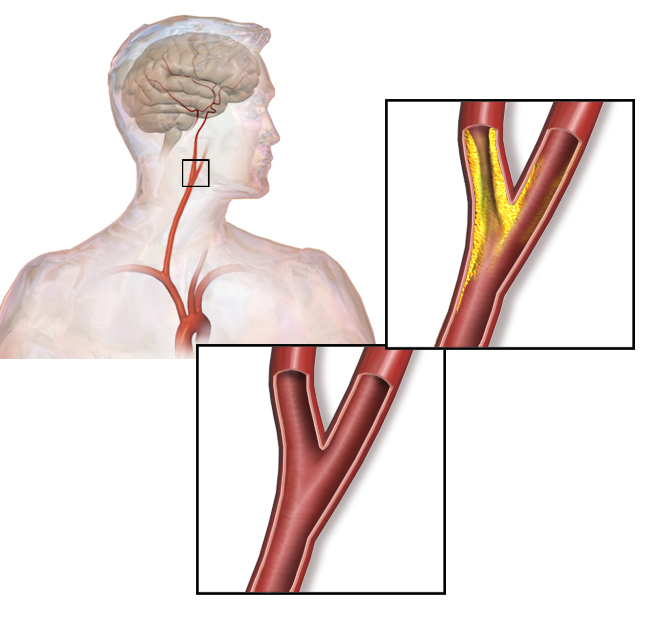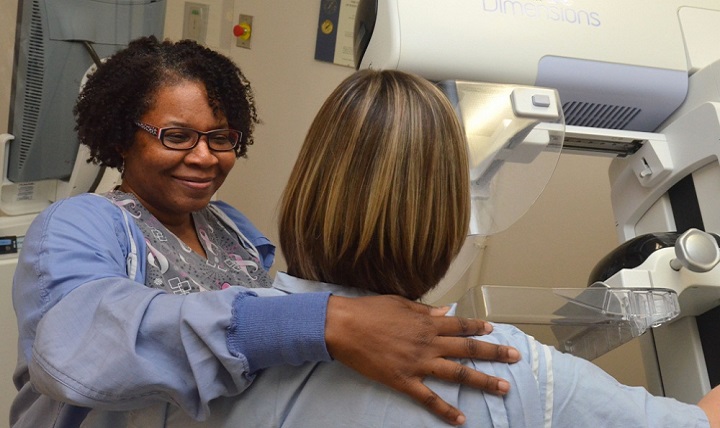
이영석 원장, 「어깨 통증 완치 설명서」 책 출간
이영석 원장이 ‘어깨 통증 완치 설명서’ 책을 출간했다. ‘어깨 통증 완치 설명서’는 어깨 질환 및 통증과 관련, 오랜 진료 경험과 노하우들을 바탕으로 발병 원인과 치료 및 운동법 등에 관한 가이드를 담고 있다. 특별히 이 책은, 대표적인 어깨 질환인 오십견, 석회성 건염, 어깨충돌증후군, 회전근개 파열, 어깨 탈구, 근막통증증후군에 대하여 소개하고 있으며, 질환 각각의 원인부터 치료법과 예방법까지 총망라하고 있다. 이를 통해 환자들은 올바른 시각을 가지고 치료법을 선택하며, 환자 스스로 운동을 통해 통증을 감소시킬 수 있는 방법을 익힐




